Many pet owners often wonder if they can share human foods with their furry friends. One popular question that arises is whether dogs can eat avocado. Avocado is a creamy, nutritious fruit loved by many people. However, its safety for dogs is a topic of debate. Let’s explore the risks and benefits to understand if it’s okay to let your pup enjoy this treat.
What Makes Avocado Potentially Harmful?
The primary concern with avocado stems from a substance called persin. This compound is found in the leaves, skin, and pit of the fruit and can be toxic to some animals. While dogs are more tolerant of persin than, for example, horses or birds, it’s still wise to monitor their consumption closely.
Symptoms of Avocado Toxicity
If a dog consumes a large amount of avocado, signs may include:
- Vomiting
- Diarrhea
- Abdominal pain
- Difficulty breathing
If you notice any of these symptoms after your dog has eaten avocado, it’s essential to contact your veterinarian right away.
Are There Benefits to Feeding Avocado to Dogs?
Despite the concerns, avocado is rich in healthy fats, vitamins, and minerals which can offer certain benefits. Here are some advantages:
- Rich in Nutrients: Avocados contain vitamins A, B, C, E, and K which aid in maintaining healthy skin and coat.
- Healthy Fats: The monounsaturated fats found in avocados may support heart health.
- Fiber Content: The fiber in avocado can help with digestion, making it beneficial for some dogs.
Serving Suggestions for Avocado
If you decide to give your dog avocado, moderation is key. It’s best to serve only small amounts and ensure that the skin and pit are removed. Here are some serving ideas:
- Mix a tiny amount of mashed avocado into their food.
- Use avocado as a healthy treat during training sessions.
Alternatives to Avocado
If you’re hesitant about offering avocado due to the risks, there are several dog-friendly alternatives loaded with nutrients:
- Carrots: Low in calories and high in vitamins.
- Blueberries: Packed with antioxidants.
- Sweet Potatoes: A fantastic source of fiber and vitamins.
Consult Your Veterinarian
Every dog is different. Factors like age, breed, size, and health condition can influence how well your dog handles certain foods. Before introducing any new food, including avocado, it’s always a good idea to consult your veterinarian.
Final Thoughts on Avocado for Dogs
While a small amount of avocado can be safe for dogs, it’s essential to approach this fruit with caution. Keep an eye on your dog’s health and consult a professional if you’re unsure. For more information about dog nutrition and safety, you can visit reputable sources such as the American Kennel Club or UC Davis School of Veterinary Medicine.
Sharing food with your dog can be tempting, but always prioritize their health. Enjoy exploring pup-friendly food options safely!
The Nutritional Value of Avocado for Dogs
When it comes to your furry friend’s diet, you want to provide them with the best nutrition. Many pet owners wonder whether they can feed their dogs avocado. Understanding the nutritional value of avocado for dogs can help you make an informed decision.
Avocados are rich in various nutrients. They contain healthy fats, vitamins, and minerals. Although humans can enjoy avocados, it is essential to know how their nutritional value translates to your dog’s health.
Nutritional Components of Avocado
Here are some of the main nutrients found in avocados:
- Healthy Fats: Avocados mainly contain monounsaturated fats, which are heart-healthy.
- Vitamins: They are rich in vitamins such as Vitamin E, Vitamin K, and several B vitamins.
- Minerals: Avocados provide minerals like potassium and magnesium, vital for various bodily functions.
- Fiber: This fruit is a good source of dietary fiber, aiding in digestion.
Benefits for Dogs
While you may be hesitant about feeding avocado to your dog, it does offer some benefits. Here’s how the nutrients in avocado can positively affect your dog’s health:
| Nutrient | Benefit |
|---|---|
| Healthy Fats | Supports skin and coat health, reduces shedding. |
| Vitamins | Boosts the immune system and supports overall health. |
| Minerals | Aids in muscle development and nerve function. |
| Fiber | Promotes digestive health, helps prevent constipation. |
Risks of Feeding Avocado
Despite its many benefits, feeding your dog avocado comes with risks. The fruit contains a chemical called persin, which can be harmful in large quantities. Here’s what you need to know:
- Persin can cause gastrointestinal upset, leading to symptoms like vomiting and diarrhea.
- The avocado pit poses a choking hazard and can create an intestinal blockage if ingested.
- While the flesh is generally safe in moderation, the skin can cause digestive issues.
It’s crucial to monitor how your dog reacts after consuming avocado. If you notice any signs of discomfort, it’s best to stop feeding it to them.
How to Safely Feed Avocado to Your Dog
If you decide to share avocado with your furry friend, moderation is key. Here’s how you can do it safely:
- Start with a small piece of avocado flesh to see how your dog reacts.
- Remove the pit and skin before serving, ensuring safety from choking hazards.
- Limit the serving size; a teaspoon or two is sufficient for small dogs, while larger dogs can have a small tablespoon.
- Always consult your veterinarian before making any significant changes to your dog’s diet, especially if they have pre-existing health conditions.
If you want to learn more about avocado and similar foods for pets, check out American Kennel Club or PetMD.
While avocado can offer nutritional benefits for dogs, it should only be given in moderation. Taking necessary precautions will ensure that your dog can enjoy a little bit of this creamy fruit. Always keep an eye on their reaction and consult with a vet if unsure. Happy feeding!
Alternatives to Avocado: Safe Fruits for Your Dog
While avocados might be a delightful treat for humans, many pet owners wonder, “Can dogs eat avocado?” The answer is a cautious “no.” Avocados contain persin, a substance that can be harmful to dogs in significant amounts. Fortunately, there are many safe and healthy fruit alternatives that can make excellent snacks for your furry friend. Here are some options to consider.
Fruits Dogs Can Safely Enjoy
Fruits into your dog’s diet can provide them with vitamins and nutrients. Below is a list of dog-friendly fruits:
- Apples: Rich in vitamins A and C, apples are a fantastic snack. Be sure to remove the seeds and core.
- Bananas: These are high in potassium and easy for dogs to digest. Just give them in moderation due to their sugar content.
- Blueberries: Packed with antioxidants, blueberries can be a healthy addition to your dog’s diet as a treat or mixed into their food.
- Watermelon: Remove the seeds and rind, and you have a hydrating treat that many dogs love. It’s low in calories, too!
- Pineapple: This tropical fruit is a nutrient powerhouse – rich in vitamins and minerals. Offer it in small chunks to avoid choking hazards.
- Strawberries: Another source of antioxidants, strawberries also contain an enzyme that can help whiten your dog’s teeth.
- Peaches: Fresh peaches can be a sweet and juicy treat, just like apples, make sure to remove the pit.
While these fruits are generally safe, every dog is unique and may have different dietary needs. It’s always wise to introduce new fruits slowly into your dog’s diet to monitor for any adverse reactions.
Benefits of Feeding Fruits to Your Dog
Adding fruits to your dog’s diet can offer numerous benefits:
- Vitamins and Minerals: Fruits provide essential nutrients that help maintain overall health.
- Hydration: Many fruits have high water content, promoting hydration, especially in hot weather.
- Fiber: Fruits can also add necessary fiber to your dog’s diet, aiding digestion.
- Low Calorie Treats: Fruits are generally lower in calories than most commercial dog treats, making them a guilt-free option.
How to Safely Serve Fruits to Your Dog
When preparing fruits for your dog, it’s crucial to keep a few things in mind:
- Always wash fruits thoroughly to remove pesticides and chemicals.
- Cut fruits into small, manageable pieces to prevent choking.
- Introduce new fruits gradually to avoid digestive upset.
- Serve in moderation, as too much fruit can lead to gastrointestinal issues.
If you are unsure about introducing a new fruit into your pet’s diet or want more information, consider visiting resources like AKC or PetMD. They provide in-depth guidelines on dog nutrition and safe feeding practices.
| Fruit | Safety Level | Key Nutrients |
|---|---|---|
| Apple | Safe | Vitamins A, C, fiber |
| Banana | Safe | Potassium, vitamin C |
| Blueberry | Safe | Antioxidants, fiber |
| Watermelon | Safe | Vitamin A, C, hydration |
| Pineapple | Safe | Vitamins B6, C, magnesium |
While dogs should avoid avocado due to potential health risks, there are plenty of delicious and nutritious fruit alternatives available. Always prioritize your dog’s health by choosing safe options and consulting with your veterinarian for the best dietary choices for your furry companion.
Signs of Avocado Poisoning in Dogs: What to Watch For
Avocado is a popular fruit known for its creamy texture and health benefits for humans, but it can pose serious risks to our furry friends. As a dog owner, it’s essential to be informed about the signs of avocado poisoning in dogs to ensure their health and safety. By understanding the potential dangers, you can take proactive steps to protect your pet from accidental ingestion.
Before diving into the signs and symptoms, it’s important to note that avocado contains a substance called persin, which can be harmful to dogs. While the flesh of the avocado is less toxic than the pit or skin, it can still lead to health issues. Here’s what you need to watch out for if you suspect your dog has consumed avocado.
Signs of Avocado Poisoning
- Vomiting: One of the most noticeable early signs is vomiting. If your dog starts to vomit after eating avocado, it could indicate that their stomach is reacting negatively to the fruit.
- Diarrhea: Similar to vomiting, diarrhea can occur as the dog’s digestive system struggles to process avocados.
- Abdominal Pain: Look for signs of discomfort, such as whining, pacing, or refusal to eat. These may indicate that your pet is experiencing pain.
- Difficulty Breathing: In severe cases, your dog may exhibit signs of respiratory distress. This could manifest as wheezing or difficulty catching their breath.
- Swelling: Check for any swelling, particularly in the face, as this could indicate an allergic reaction to avocado.
- Lethargy: If your normally active dog seems unresponsive or excessively tired, it’s time to seek veterinary help.
- Loss of Appetite: A sudden disinterest in food can indicate nausea or discomfort, often accompanying gastrointestinal upset.
What to Do If Your Dog Shows Symptoms
If you notice any of the above symptoms, it’s crucial to take action promptly. Here’s a quick guide on what steps to follow:
- Assess the Situation: Determine how much avocado your dog has consumed and what parts (flesh, pit, skin).
- Contact Your Veterinarian: Never hesitate to call your vet if you suspect poisoning. They can provide professional advice tailored to your dog’s specific circumstances.
- Monitor Your Dog: Keep a close eye on your dog for any worsening symptoms while you wait for veterinary advice.
- Provide Information: If possible, inform your vet about any other food or substances your dog may have ingested, as this could affect treatment options.
Prevention Tips
The best strategy is to keep avocados out of reach of your dog. Here are some preventive measures:
- Store avocados securely in cabinets or on high shelves.
- Educate family members about the risks of feeding avocados to pets.
- Be cautious when eating avocados around your dog. Avoid sharing scraps.
- Consider alternatives that are safe for dogs, such as carrots or green beans, as treats.
When to Seek Emergency Care
In some extreme cases, avocado consumption can lead to severe health issues, such as pancreatitis or allergic reactions. Here’s when to consider emergency care:
| Emergency Symptoms | Action |
|---|---|
| Severe difficulty breathing | Call an emergency vet immediately |
| Repeated vomiting or diarrhea | Visit the vet for hydration and treatment |
| Signs of shock (pale gums, rapid heart rate) | Get to a vet clinic as soon as possible |
Being informed about the signs of avocado poisoning in dogs is crucial for keeping your pet safe. Remember, if you’re ever in doubt, it’s always best to consult with your veterinarian. They can provide the most accurate information and treatment options tailored to your dog’s specific needs. For more guidance on canine nutrition and safety, you can visit AKC or Dog Health.
How to Incorporate Safe Foods into Your Dog’s Diet
The health and happiness of your dog can greatly benefit from incorporating safe foods into their diet. Understanding what human foods are safe and nutritious for your furry friend will help you create a balanced meal plan. Here are some tips and ideas to get you started on including safe foods in your dog’s diet.
Choosing Safe Foods
Before adding any new foods to your dog’s diet, you should always consult your veterinarian. However, there are many common foods that are generally safe. Here’s a list of some safe foods that you might consider:
- Carrots: Crunchy and full of vitamins.
- Pumpkin: Good for digestion and rich in fiber.
- Green Beans: Low in calories and a good source of vitamins.
- Sweet Potatoes: Packed with beta-carotene and fiber.
- Blueberries: Antioxidant-rich and excellent for overall health.
How to Introduce New Foods
Always introduce new foods gradually. Start by mixing a small amount of the new food with your dog’s regular food. Observe your dog for any adverse reactions. If your dog shows no signs of allergies or digestive upset, you can slowly increase the amount over time.
Portion Control
When adding safe foods, it’s important to control portions. Dogs do not need large amounts of new foods. A general guideline is to make sure that treats, including safe foods, do not exceed 10% of your dog’s daily caloric intake. Here’s a quick reference for portion control:
| Dog Size | Safe Food Portion (per day) |
|---|---|
| Small (up to 20 lbs) | 1/4 cup |
| Medium (21-50 lbs) | 1/2 cup |
| Large (51+ lbs) | 3/4 cup |
Homemade Treat Recipes
Creating homemade dog treats is a fun and rewarding way to ensure your dog is eating safe foods. Here are two simple recipes to try:
Peanut Butter and Banana Treats
Ingredients:
- 1 ripe banana
- 1/3 cup peanut butter (xylitol-free)
- 1 cup oat flour (or grind oats in a blender)
Mix all ingredients until a dough forms. Roll out and cut into shapes. Bake at 350°F for 15-20 minutes or until golden brown.
Sweet Potato Chews
Ingredients:
- 1 large sweet potato
Preheat your oven to 250°F. Slice the sweet potato into thin strips. Place them on a baking sheet and bake for 3 hours or until completely dried.
Monitoring Your Dog’s Health
Whenever you introduce new foods, it’s essential to monitor how your dog reacts. Look for signs of allergies, such as itching, swelling, or gastrointestinal upset. Regular vet check-ups will also ensure that your dog is healthy and adjusting well to their new diet.
Resources for More Information
For additional information on safe foods for dogs and healthy recipes, consider checking out trusted websites such as American Kennel Club or WebMD Pet Health. These resources provide valuable insights into dog nutrition and care.
Safe foods into your dog’s diet can provide essential nutrients and help maintain their overall health. By educating yourself about what foods are safe and how to prepare them, you can contribute positively to your dog’s diet. Remember to consult your vet to ensure your choices align with your dog’s specific dietary needs.
Conclusion
When considering whether your dog can eat avocado, it’s essential to weigh the potential risks against the benefits. While avocados are packed with healthy fats and nutrients, certain parts of the fruit contain a substance called persin, which can be toxic to dogs. Understanding these risks allows you to make informed choices about your dog’s diet.
The nutritional value of avocados for dogs is noteworthy, offering vitamins and healthy fats that can contribute positively to their overall health. However, due to the associated risks, it is crucial to consider safer alternatives. Fruits like apples, blueberries, and bananas are not only safe but also provide various health benefits without the toxicity concerns linked to avocados.
Being vigilant about your dog’s health is vital. Watch for signs of avocado poisoning, such as vomiting, diarrhea, or lethargy. Immediate attention from a veterinarian can be life-saving if any symptoms arise. By knowing what to look for, you can act quickly and ensure your furry friend stays safe and happy.
Safe fruits and vegetables into your dog’s diet is an excellent way to offer variety while prioritizing their health. Remember to introduce new foods gradually and in moderation. Always consult your veterinarian about any dietary changes, especially when considering new items like avocado. Your dog’s health and safety should always come first, so staying informed about what they can and cannot eat is key to ensuring they live a long and healthy life.

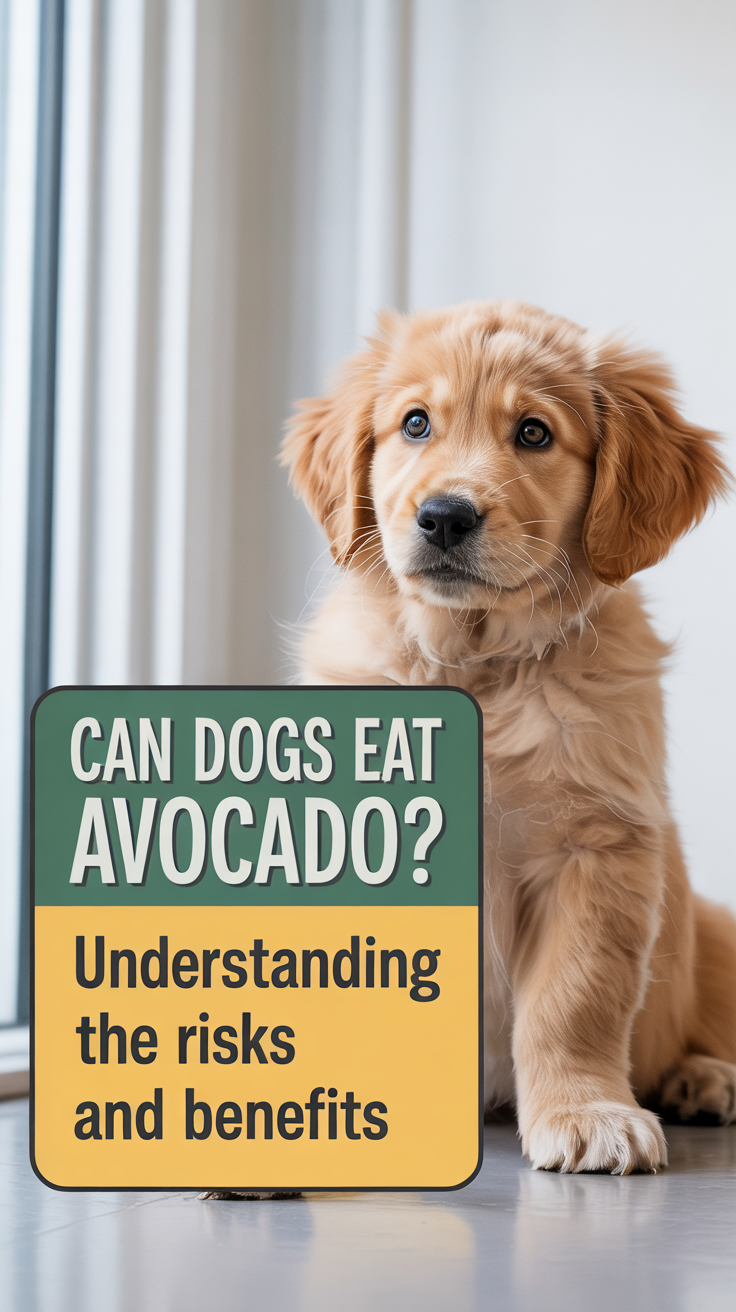


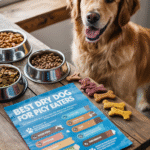
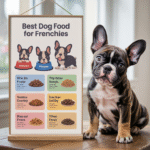

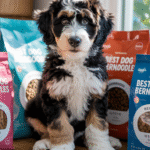
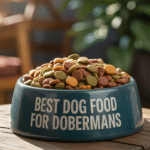


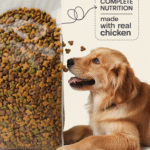
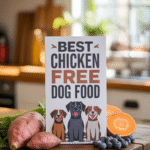

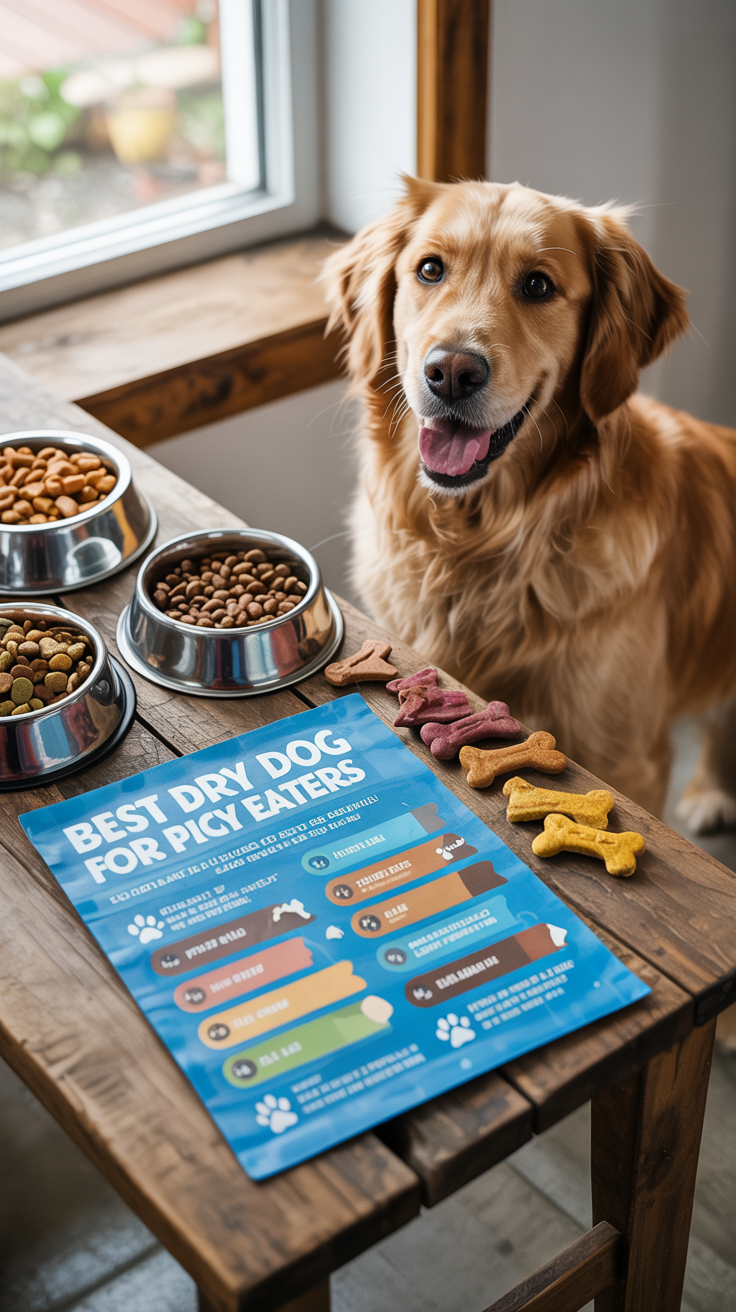
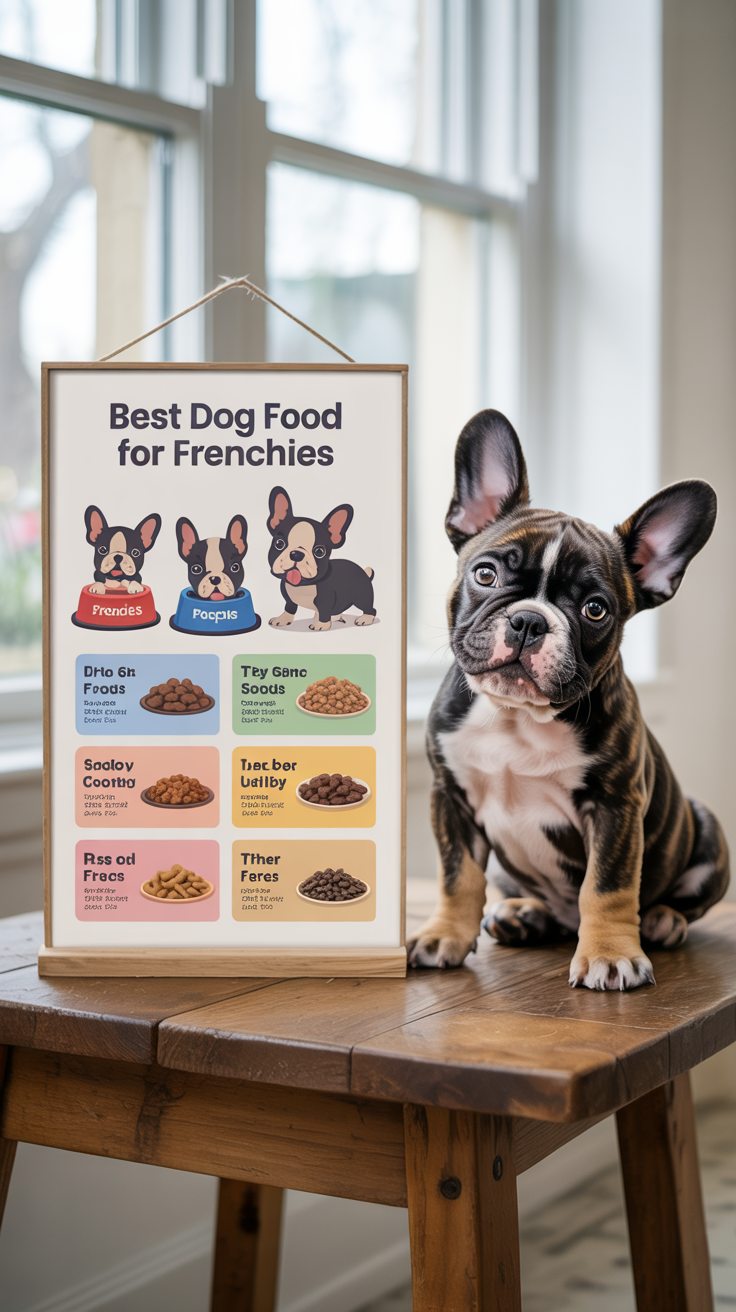
Leave a Reply